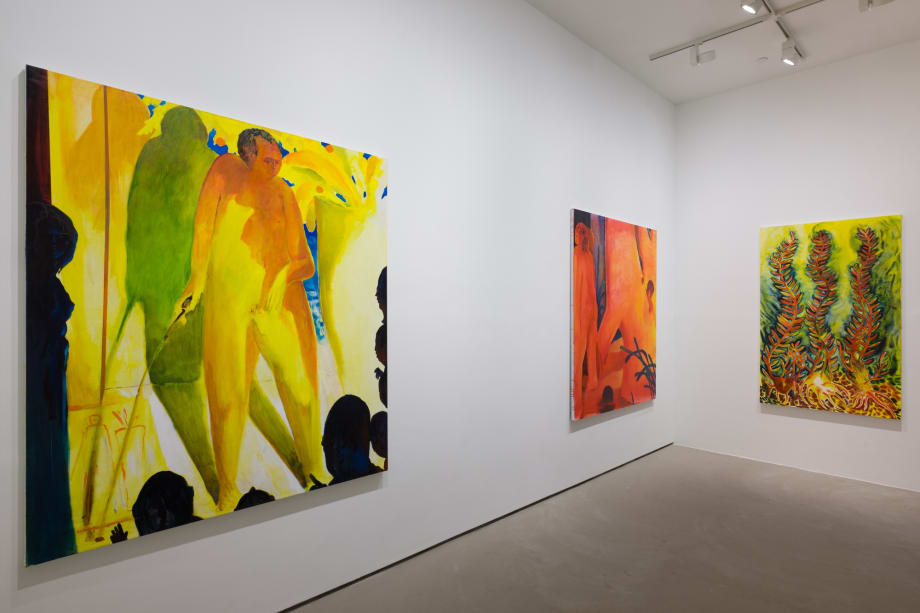Laura Berger, Richard Burton, Santiago Evans Canales, Ina Gerken, Cecilia Granara, Mónika Kárándi, William Ludwig Lutgens, Igor Moritz, Ryan Nault, Kateřina Ondrušková, Catherine Repko, Luca Sára Rózsa, Alan Stanners
Curated by Domenico de Chirico
“I went to the woods because I wished to live deliberately, to front only the essential facts of life, and see if I could not learn what it had to teach, and not, when I came to die, discover that I had not lived. I did not wish to live what was not life, living is so dear; nor did I wish to practise resignation, unless it was quite necessary. I wanted to live deep and suck out all the marrow of life, to live so sturdily and Spartan-like as to put to rout all that was not life, to cut a broad swath and shave close, to drive life into a corner, and reduce it to its lowest terms…” - Henry David Thoreau, Walden; or, Life in the Woods, 1854
A forerunner of contemporary ecological thought and a founder of the American counterculture, the philosopher, writer, and poet Henry David Thoreau published the book Walden: or, Life in the Woodsin 1854. It is a daily chronicle of a return to simplicity, and a declaration of his desire to escape the narrowness of a society increasingly focused on the accumulation of material wealth and in turn, the modernization of the metropolis. Thoreau describes his experience living on Walden Pond, which lasted two years, two months, and two days; offering his readers a reflection on the relationship that has always existed between man and nature.
Thoreau wanted to “march to the beat of a different drummer,” seeking freedom by immersing himself in the sensational rhythms of nature. Through this experience – which is to be understood as an intense exploration of the question of being and dwelling as well as of survival and human testimony – Thoreau demonstrates that man can live in conditions of material poverty. In fact, it is precisely in this simple living that man can attain real happiness and learn to appreciate the little things in life. Based on this approach, nature is not to be considered as a mere instrument for the attainment of knowledge of a higher order, but more importantly as the ultimate object of philosophical practice, a source of well-being, and an existential solution. Hence, according to this reasoning, the function of art becomes that of constituting itself as a key; a whispered code for a boundless gaze that through contact with nature gives meaning to every atom of oxygen which devours the earth. It is according to these precepts that this group exhibition is composed, a return to the origins in which one hopefully breathes a new air – regenerated, fresh, restored, less painful, and healthier.
“Down in the woods, up to the sky” does not set itself up as an absolute model of perfection, but tries to get as close as possible to it by moving away from historicism, sloth, cynicism, and the more wicked epicureanism. The artists were invited to freely interpret the above theme with their own personal visions correlated to their artistic practice – each of them breathing a new air while plunging into the woods. Each artist is romantically projected onto a crossroad: with a newfound awareness and existential consciousness; with an ultimate aim of yearning for a more complete cognition of being and consequently of coexistence; with a desire for a deeper connection with the bowels of the world; and with open wings soaring across a clear sky.


